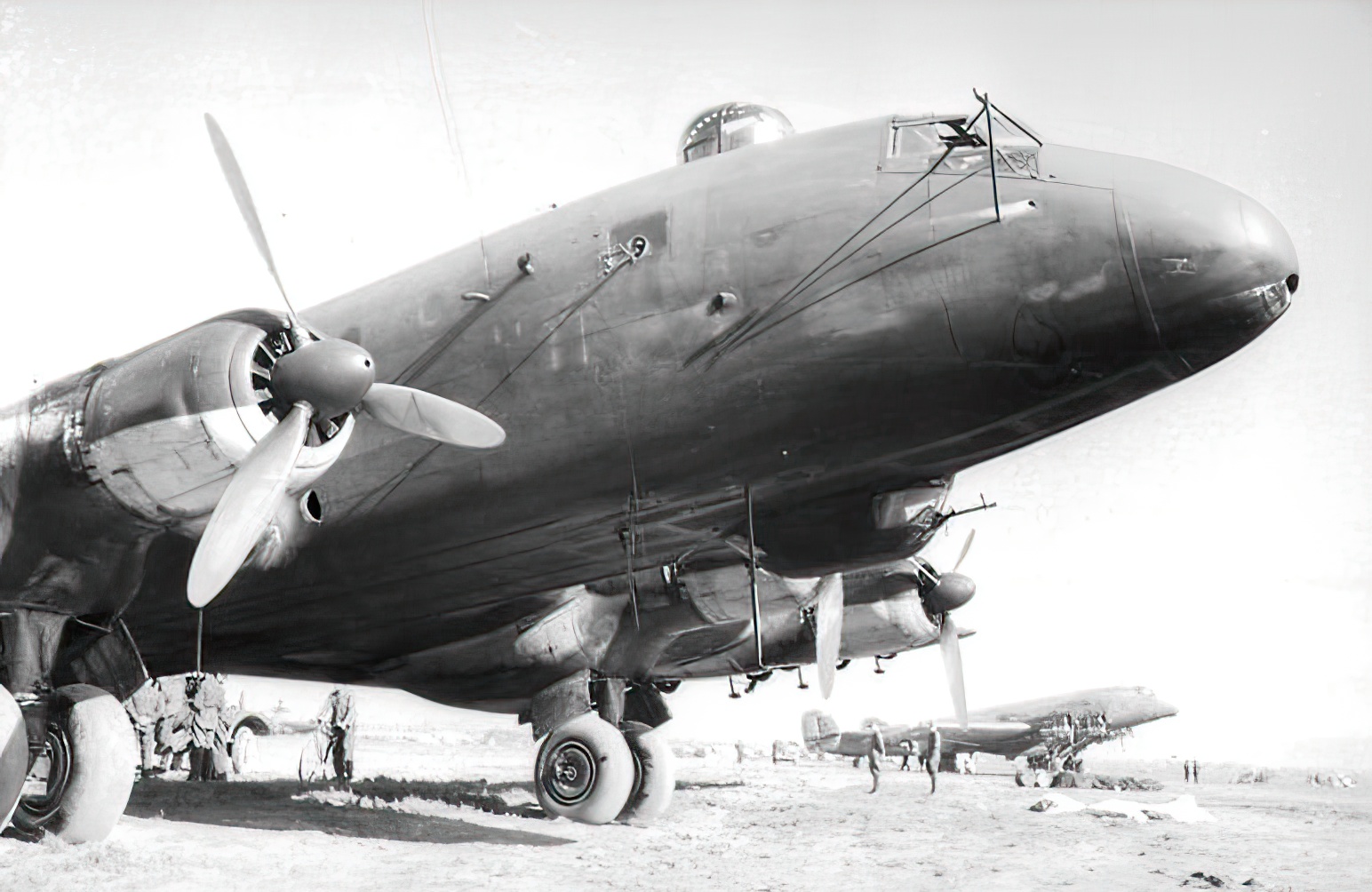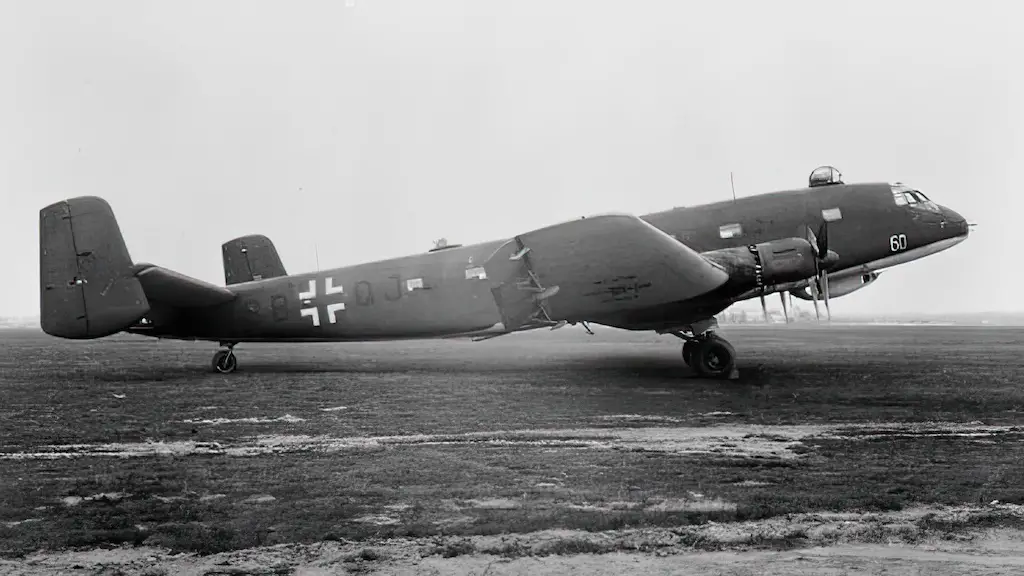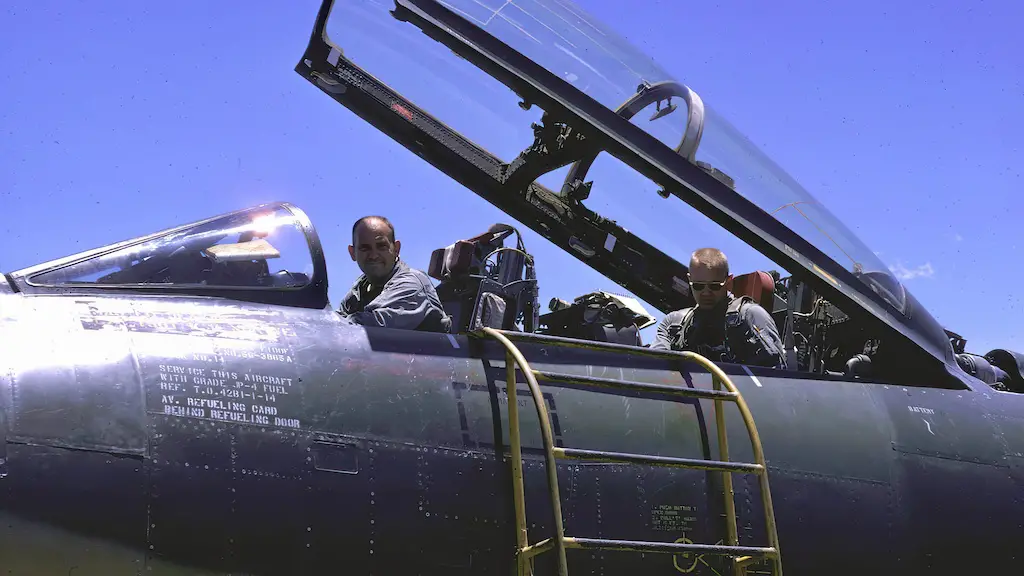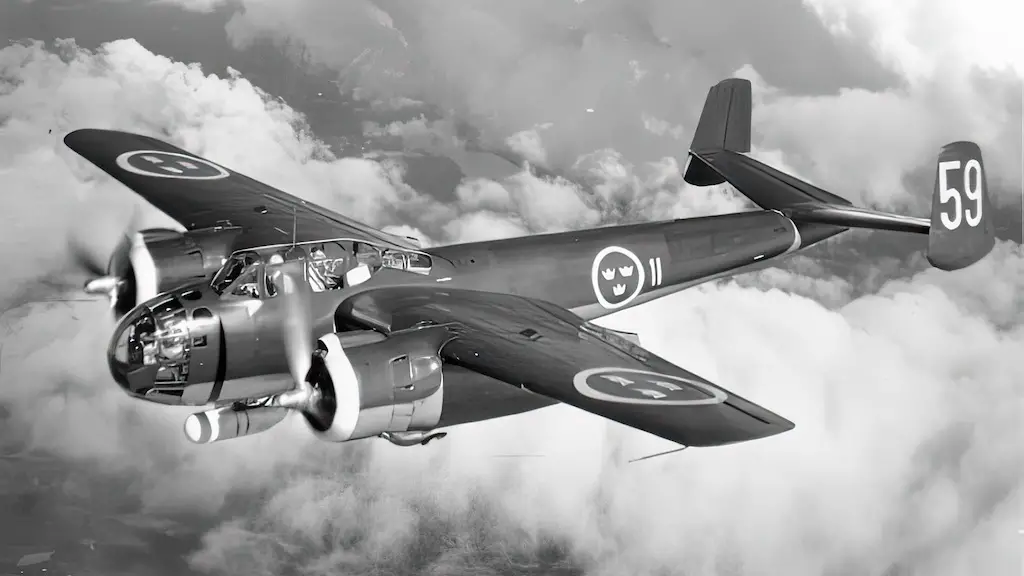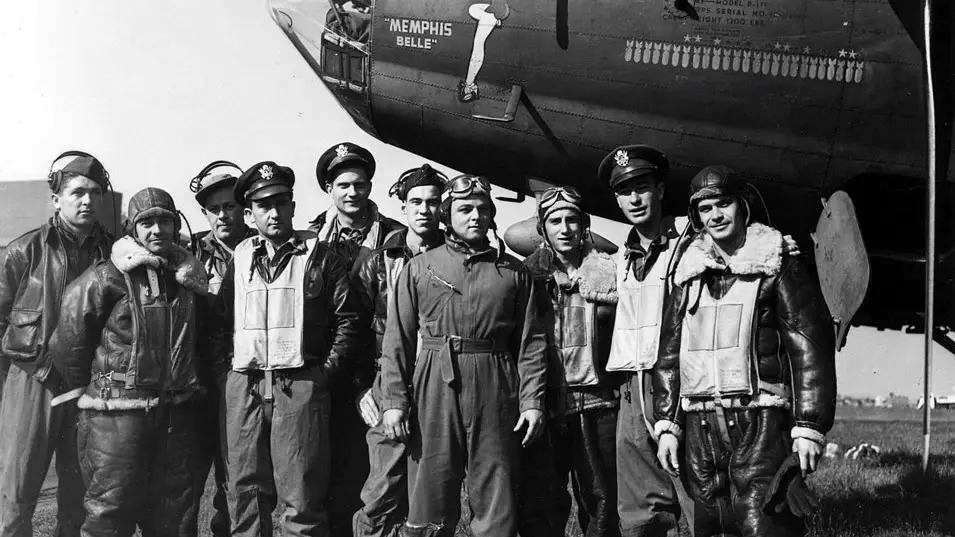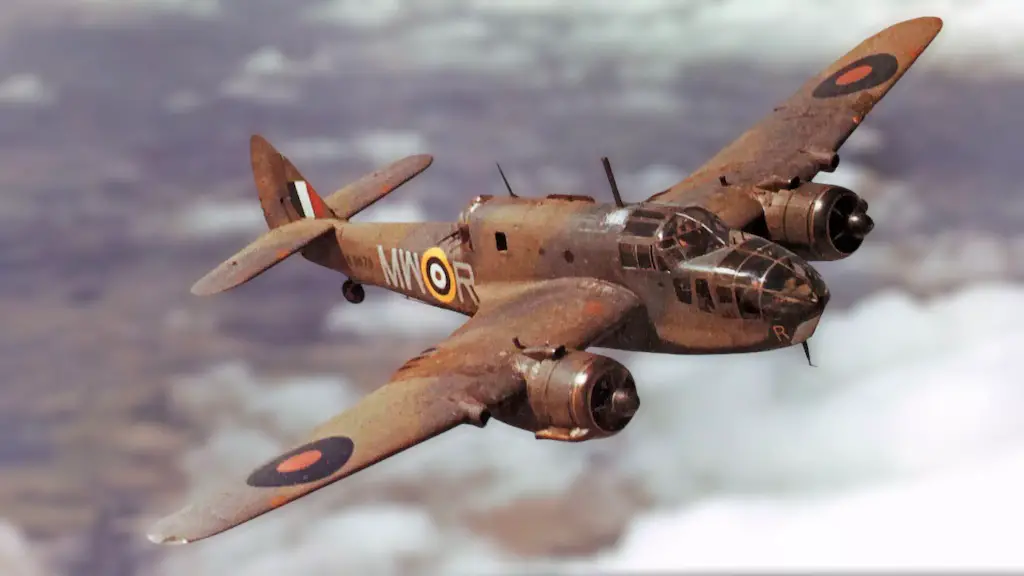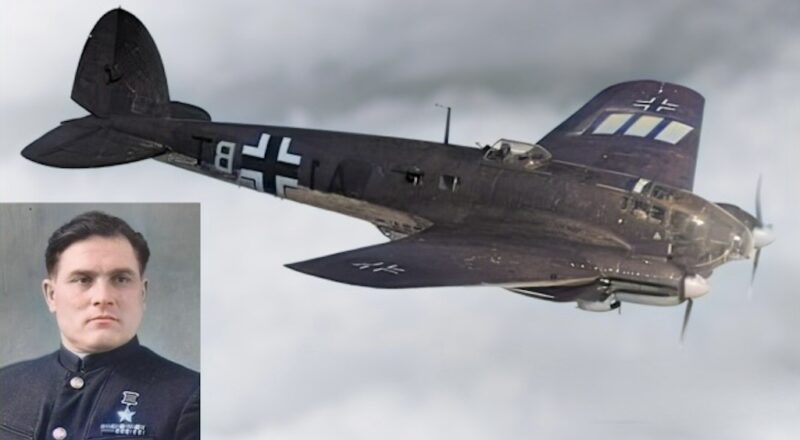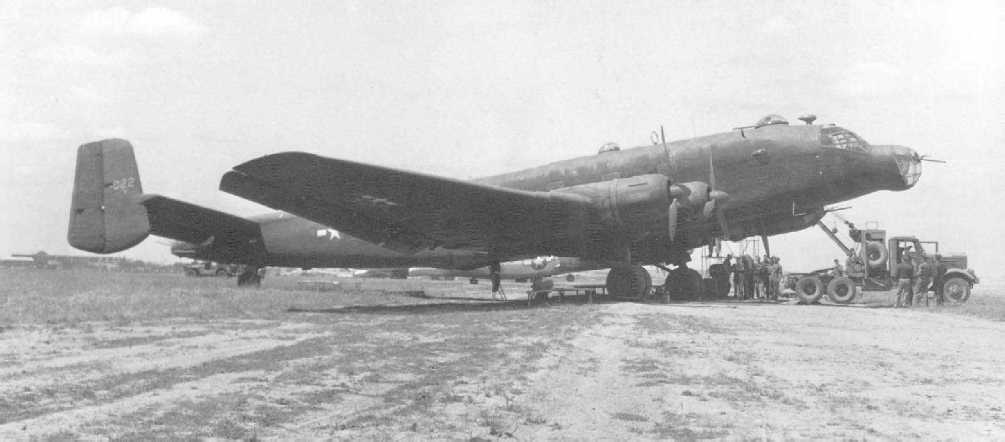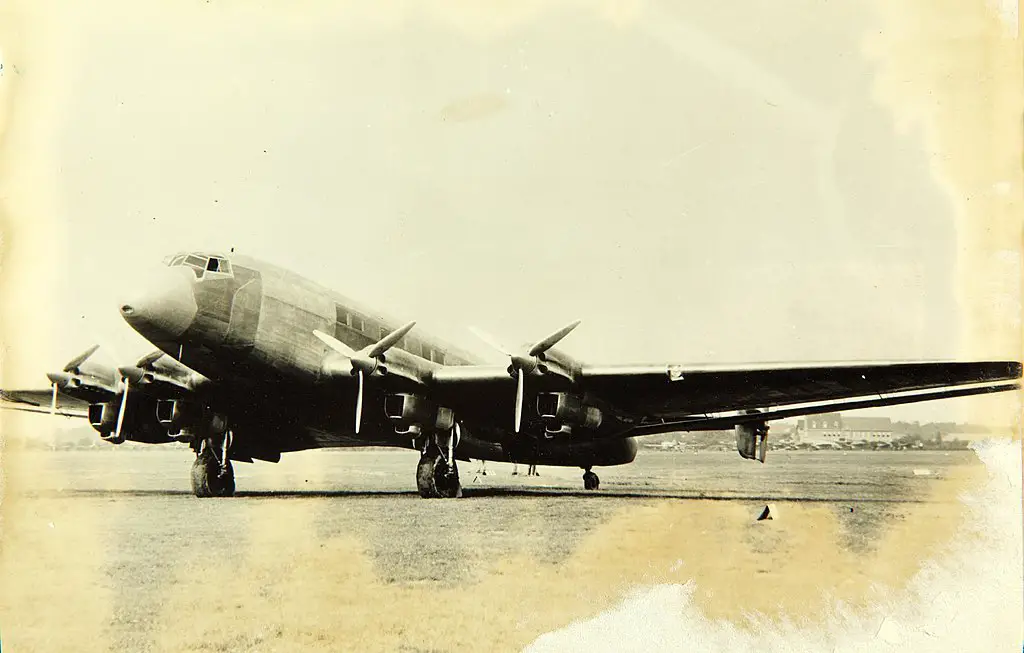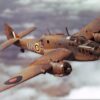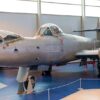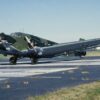A Stellar Leap from Airliner to Bomber
Born from the blueprints of the Junkers Ju 90, a commercial airliner of the 1930s, the Ju 290 displayed Germany’s war prowess in a time of global conflict. A brief look at the Ju 90, with its four BMW 132 engines, brings to light an aircraft of incredible potential, despite its limited production run and primary service as a commercial airliner. From this genesis, the Junkers Ju 290 emerged, a monument to innovation and adaptation in desperate times.
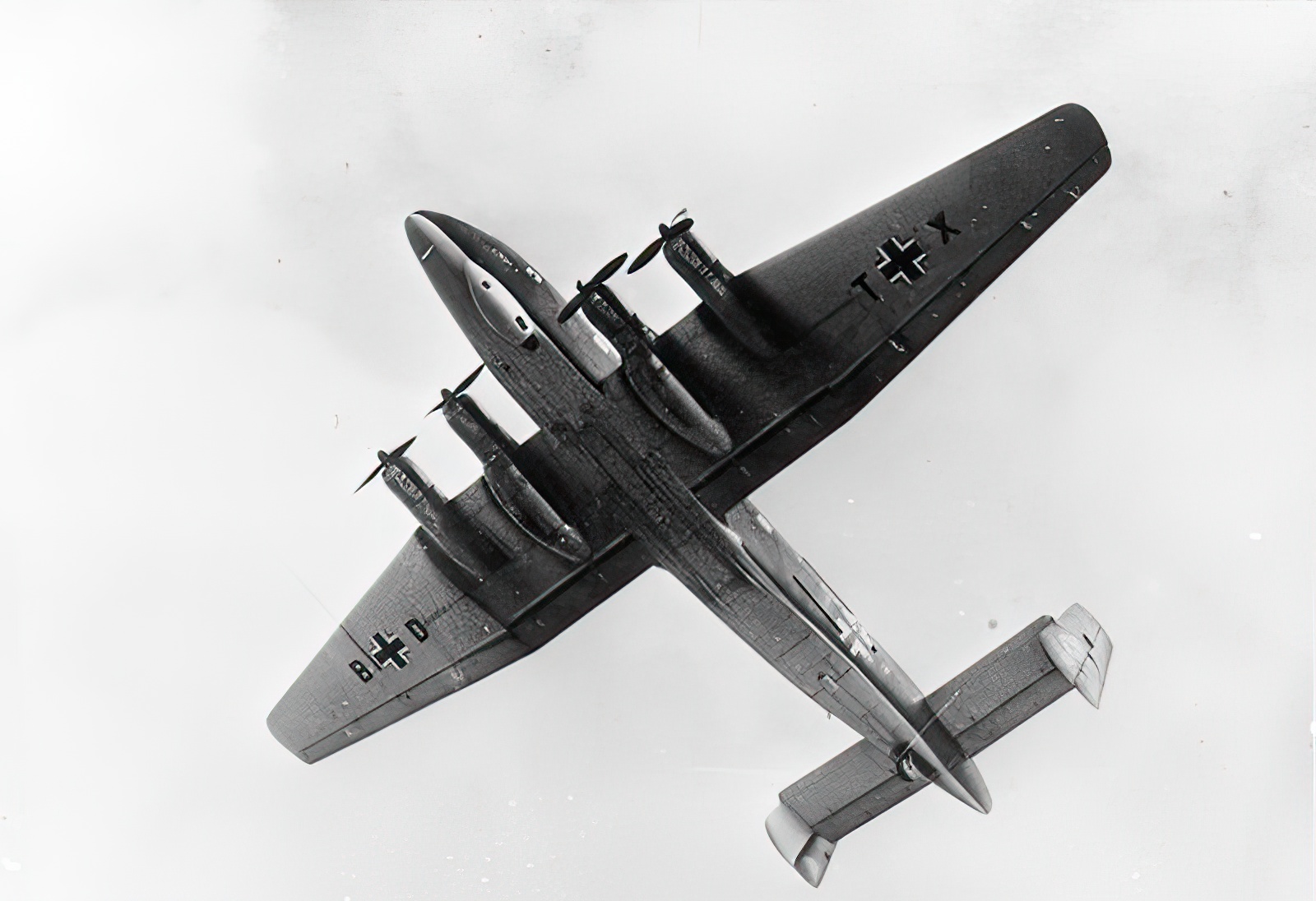
The shift from civilian to military focus marked the Ju 290’s development history, mirroring the growing tensions in Europe. With the eruption of World War II, Junkers saw an opportunity to revamp the Ju 90 for a more martial purpose, and in doing so, gave birth to the Ju 290.
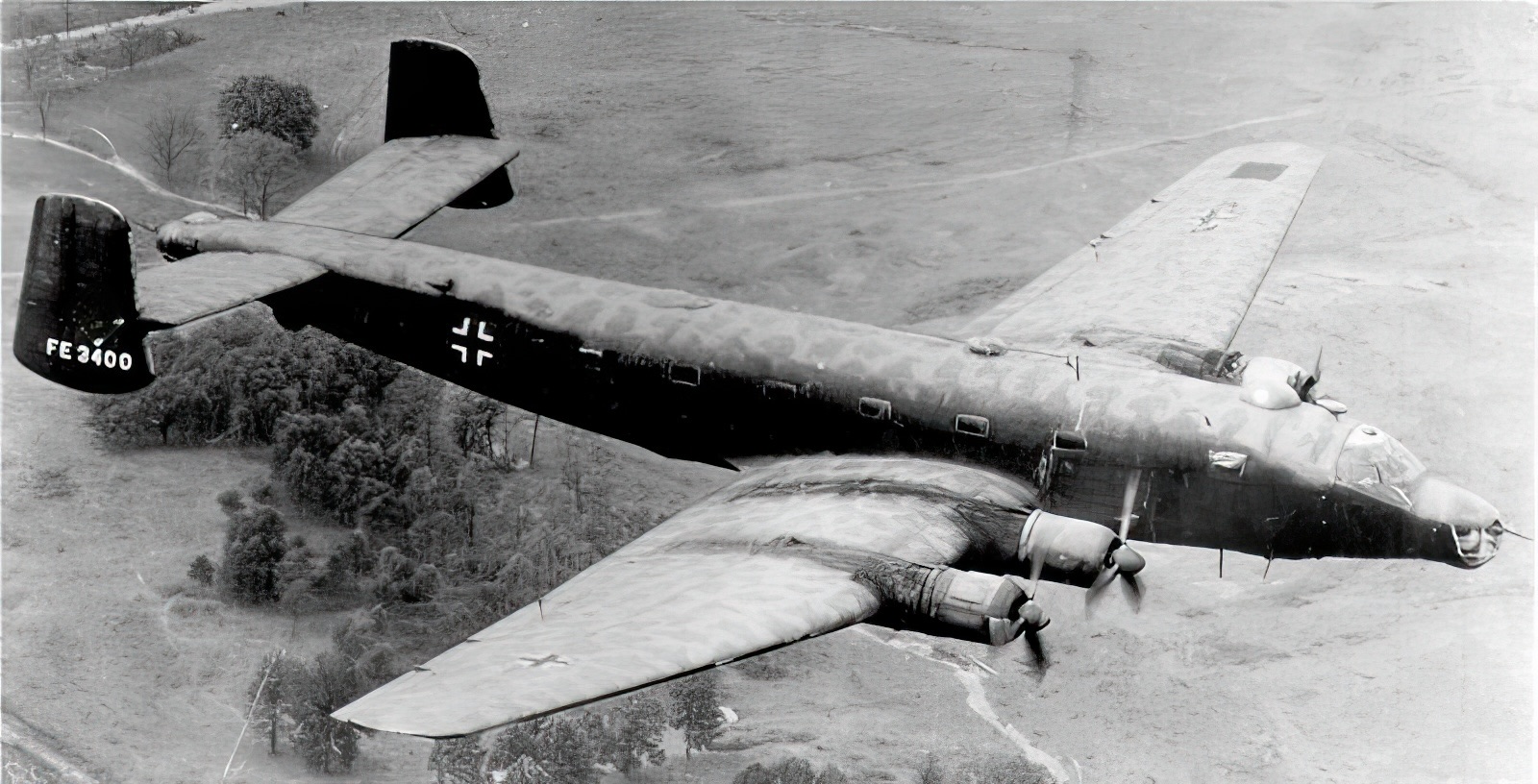
A Deeper Dive into the Engines
The most significant departure from the Ju 90 was the enhanced power of the Ju 290. BMW 801D-2 radial engines drove the new design, each one offering 1700 horsepower – a substantial step up from the Ju 90’s 725 horsepower motors. This upgrade provided the aircraft with greater speed, range, and payload capacity, aligning with its newfound military functions.
A total of four engines powered this military beast, delivering an awe-inspiring top speed of 285 mph and a range that could surpass 3,780 miles. This long-range potential, coupled with the plane’s immense load-carrying capability, made it an indispensable asset for reconnaissance and maritime patrol missions during the war.
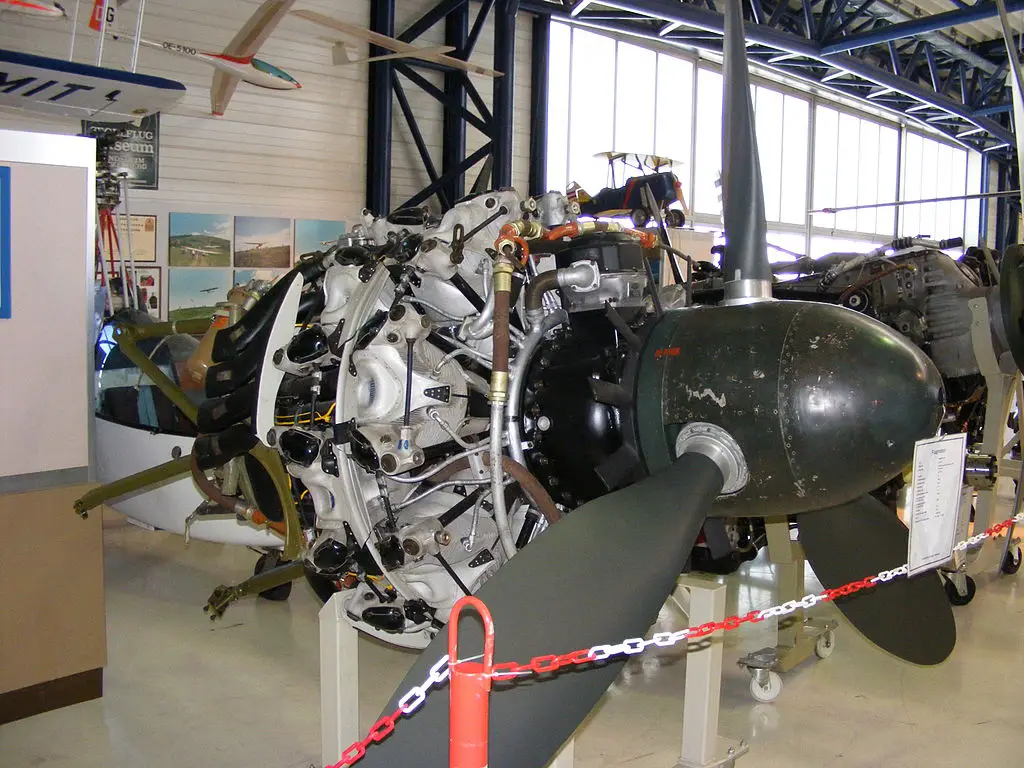
The Ju 290 in Action
Despite its vast potential, the Ju 290 saw a curiously limited production. Only 65 of these machines ever rolled off the assembly line, their development somewhat curtailed by war’s inevitable chaos. Even with these limitations, the Junkers Ju 290 served an indispensable role in various missions.
Primarily, the Ju 290 was assigned to maritime patrol and long-range reconnaissance missions, capitalizing on its impressive range and speed. Few other aircraft of the time could compete with it in these tasks. The Junkers Ju 290 also had brief, but impactful service as a transport aircraft for high-ranking officials.
The Ju 290 in Spain
Post-WWII, the service of the Ju 290 did not cease. It found an unexpected home in the Spanish Air Force. Four Ju 290 A-5 models, re-designated CASA 290s, served in Spain from 1945 to 1956. These aircraft flew long-range maritime patrol missions over the Atlantic, becoming vital components of Spain’s air defense.
Despite being an outsider, the Ju 290’s service in Spain demonstrated its adaptability and endurance. Even without the resources and backing of its country of origin, the Ju 290 remained an impressive force in the skies above Spain.
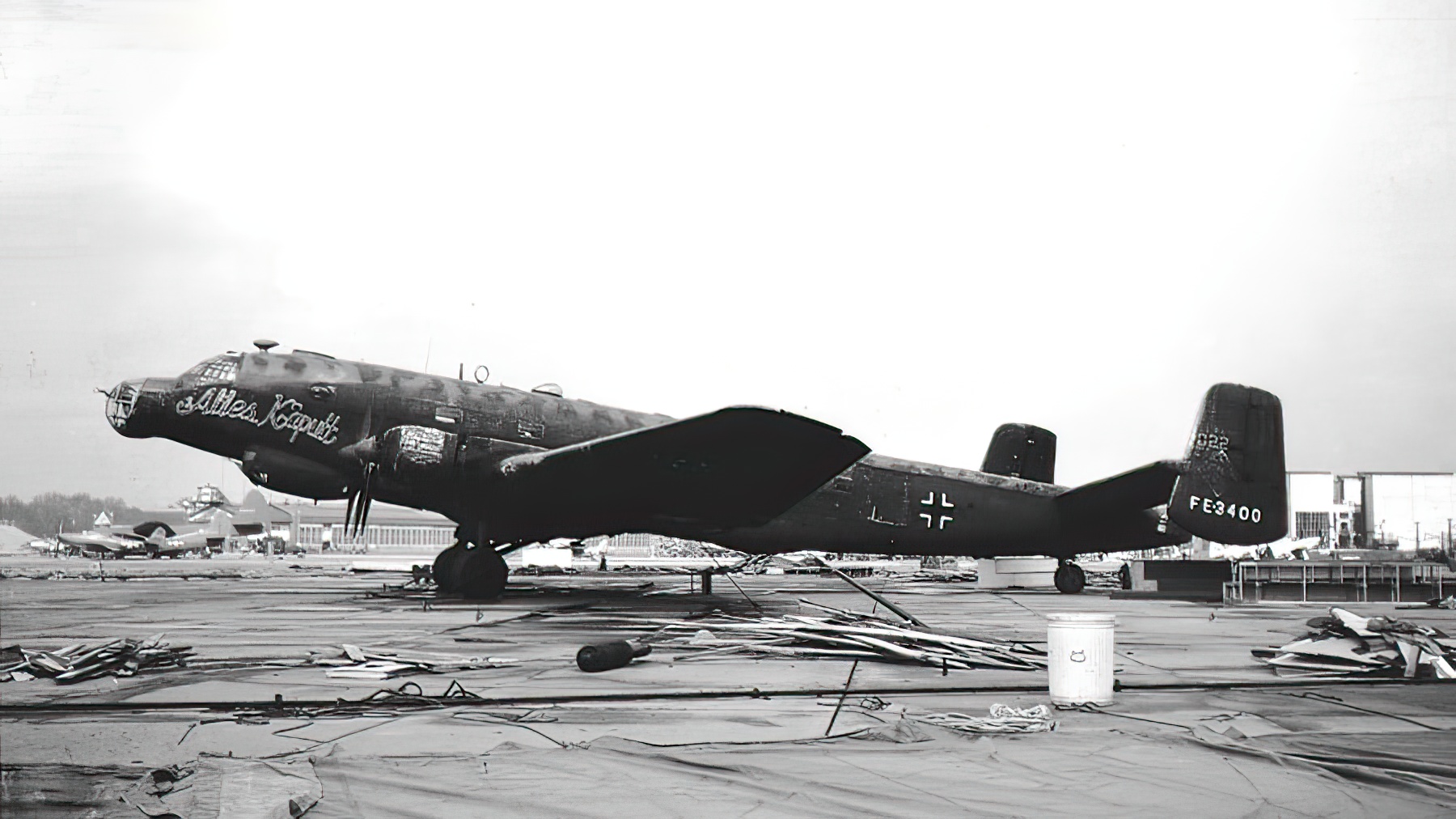
The Legacy of the Junkers Ju 290
The story of the Junkers Ju 290 is one of transformation, resilience, and untapped potential. From its origin as a commercial airliner to its military development and post-war service, the Ju 290 left a notable, albeit brief, mark on aviation history. It serves as a stark reminder of a world at war and the lengths to which nations will go to maintain an edge in the sky.
